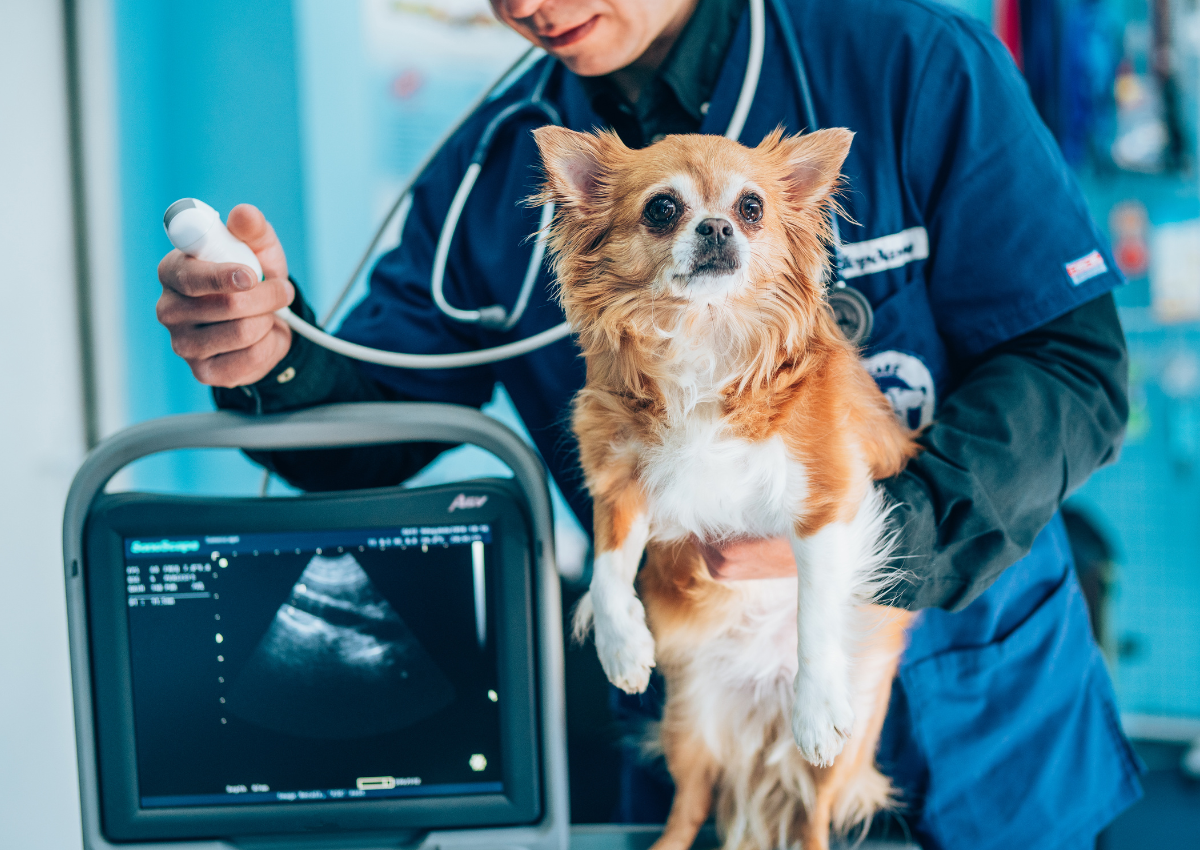Small Animal Veterinary Ultrasound Probes: What To Look For
Ultrasound imaging has become an indispensable tool in modern veterinary medicine. Offering real-time, non-invasive visualization of internal organs and tissues, it aids in diagnosing a wide range of conditions, from abdominal pathologies to cardiac malformations. However, for optimal image quality and diagnostic accuracy, the right veterinary ultrasound probe is crucial. This blog delves into the key considerations when choosing probes for your small animal practice.
Understanding Probe Types:
Veterinary ultrasound probes come in various shapes and sizes, each tailored to specific anatomical regions and applications. Here are the most common ones:
Micro-convex Probes: The workhorses of small animal abdominal ultrasonography, offer a good balance between image resolution and penetration depth. Their small footprint allows access to tight spaces like intercostal gaps, making them ideal for visualizing organs like the liver, kidneys, and bladder.
Linear Probes: With a flat footprint and high-frequency range, linear probes excel at providing high-resolution images of superficial structures like muscles, tendons, and joints. They are also valuable for cardiac examinations and evaluating delicate structures like the eyes.
Phased-array Probes: Offering electronic beam steering, phased-array probes enable detailed visualization of deeper structures like the heart and blood vessels without requiring probe manipulation. Additionally, some models enable 3D reconstruction, enhancing diagnostic capabilities.
Endocavity Probes: For internal examinations of the female reproductive tract or urinary bladder, specialized endocavity probes are available. These miniature probes feature sterile sheaths for safe insertion and provide clear visuals of organs within body cavities.
Frequency Matters:
Frequency refers to the number of sound waves emitted by the probe per second, directly impacting image resolution and penetration depth. Higher frequencies (5-12 MHz) generate sharper images but struggle to penetrate deeper tissues. Conversely, lower frequencies (2-5 MHz) offer deeper penetration but with less detail. The ideal frequency range depends on the target organ and patient size. Consult your ultrasound manufacturer's recommendations for specific applications.
Image Quality and Advanced Features:
Beyond probe type and frequency, several features influence image quality and diagnostic utility:
Field of View: Indicates the area covered by the ultrasound beam, impacting the number of organ sections captured in a single image. Wider fields of view are helpful for general surveys, while narrower fields provide a more focused examination of specific structures.
Tissue Harmonic Imaging (THI): Reduces image noise generated by tissue interfaces, resulting in sharper and clearer visualization of organ borders and internal structures.
Doppler Modes: Enables evaluation of blood flow within vessels, aiding in diagnoses related to cardiovascular and circulatory disorders.
Ergonomics and Handling: Probe weight, grip design, and cable length can significantly impact user comfort and scanning efficiency. Choose probes that feel comfortable in your hand and minimize fatigue during prolonged examinations.
Considerations for Your Practice:
When selecting probes for your practice, consider the following factors:
Patient Population: The typical size and species of animals you see will influence the appropriate probe sizes and frequencies.
Common Examination Types: Regularly performed procedures like abdominal scans, echocardiography, or musculoskeletal assessments will guide your probe selection.
Budget: Probe prices vary widely, depending on technology, features, and brand. Determine your budget constraints and prioritize must-have features versus optional ones.
Compatibility: Ensure the chosen probes are compatible with your existing ultrasound machine.
Conclusion:
Selecting the right veterinary ultrasound probes is vital for accurate diagnoses and effective patient care. By understanding probe types, frequencies, and advanced features, you can tailor your equipment to your practice's specific needs and optimize your diagnostic capabilities. Investing in high-quality probes not only enhances your clinical acumen but also improves workflow efficiency and patient comfort.
Remember, consulting with your ultrasound equipment provider and colleagues can offer valuable insights during the selection process.
By making informed choices, you can equip your practice with the best tools to provide exceptional veterinary care for all your furry (and feathered) patients.



